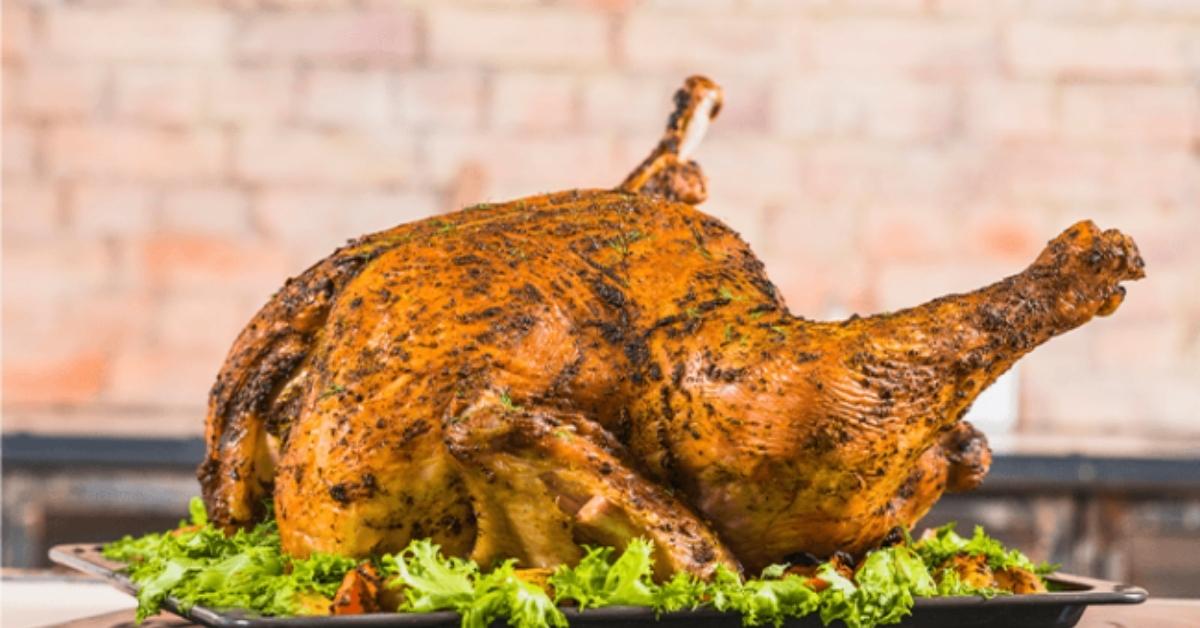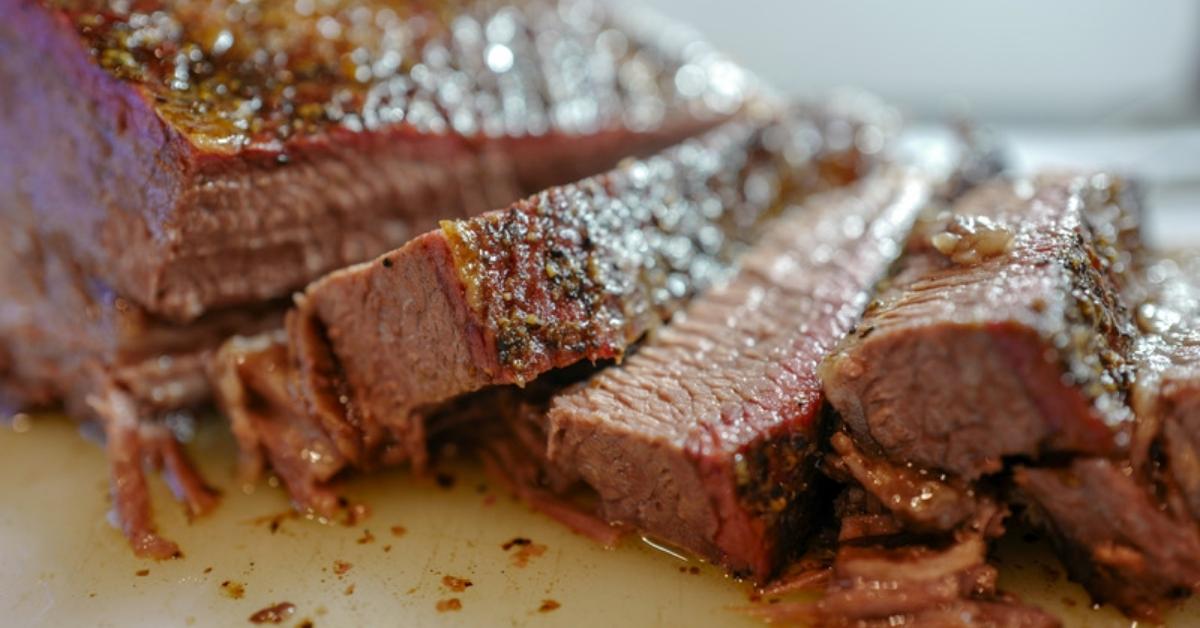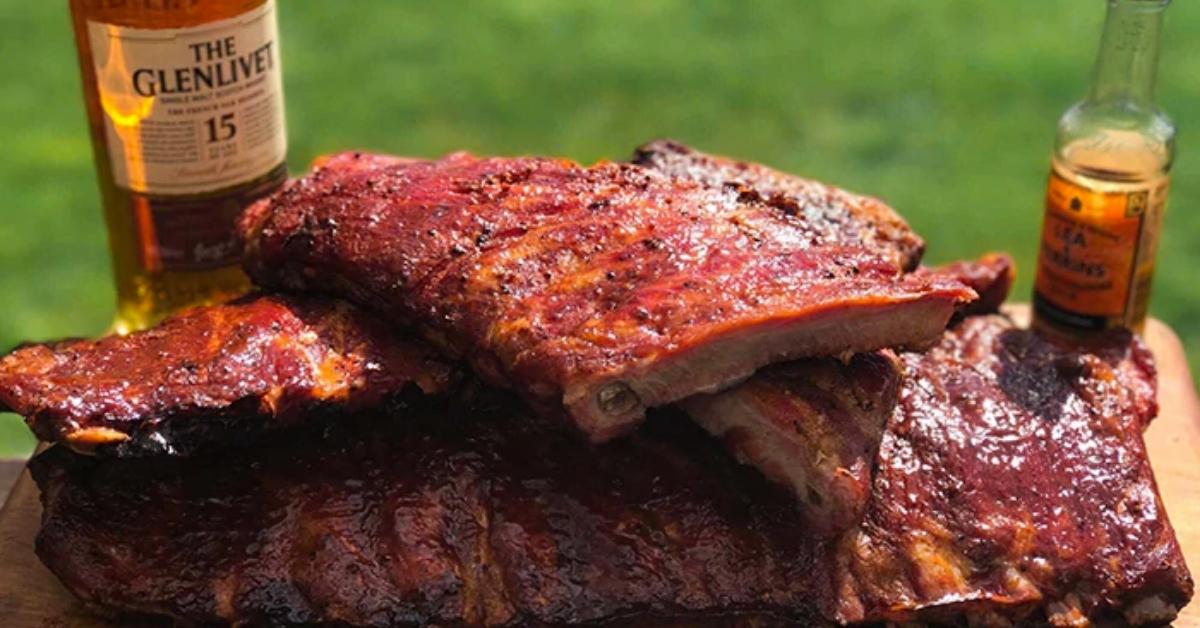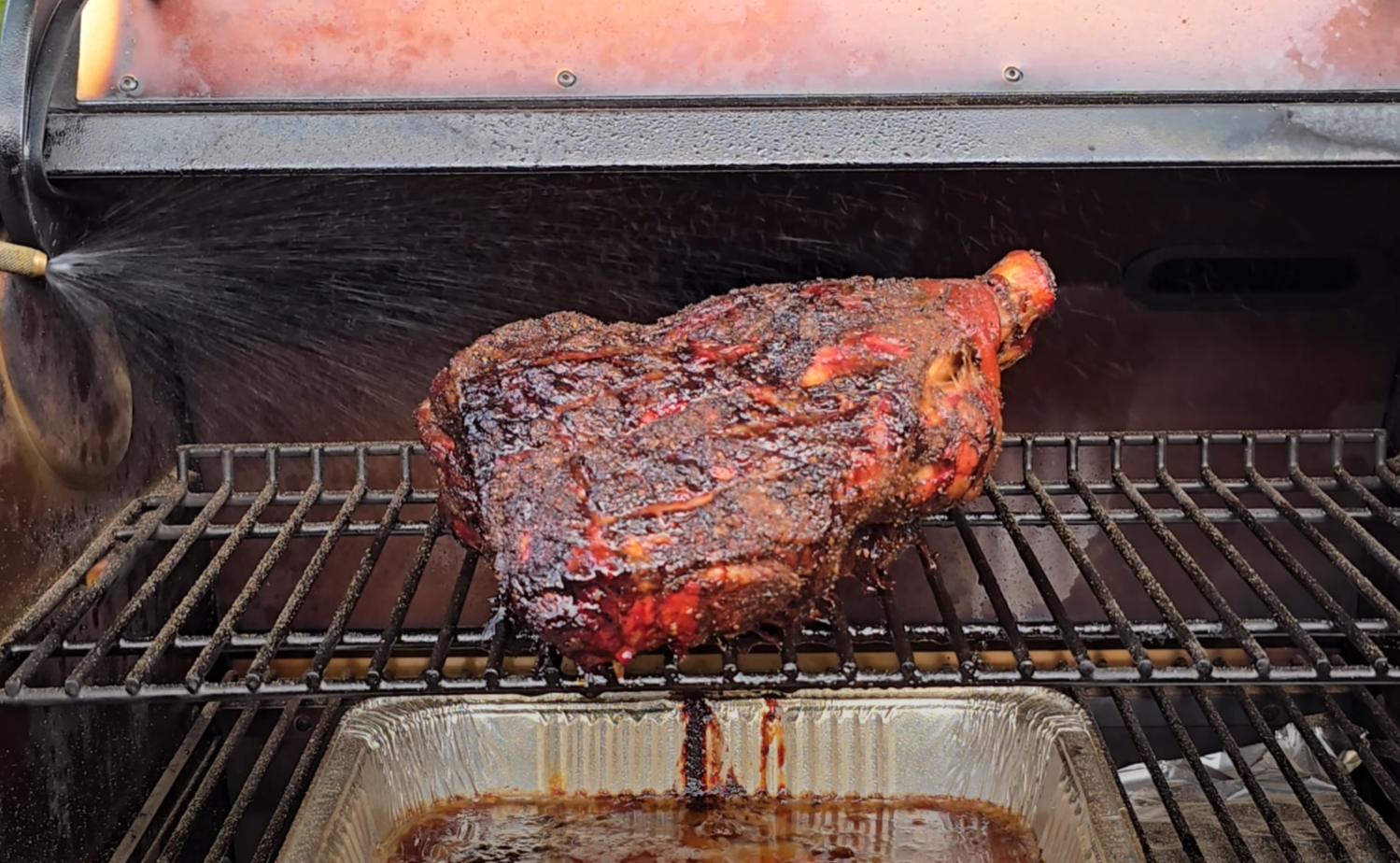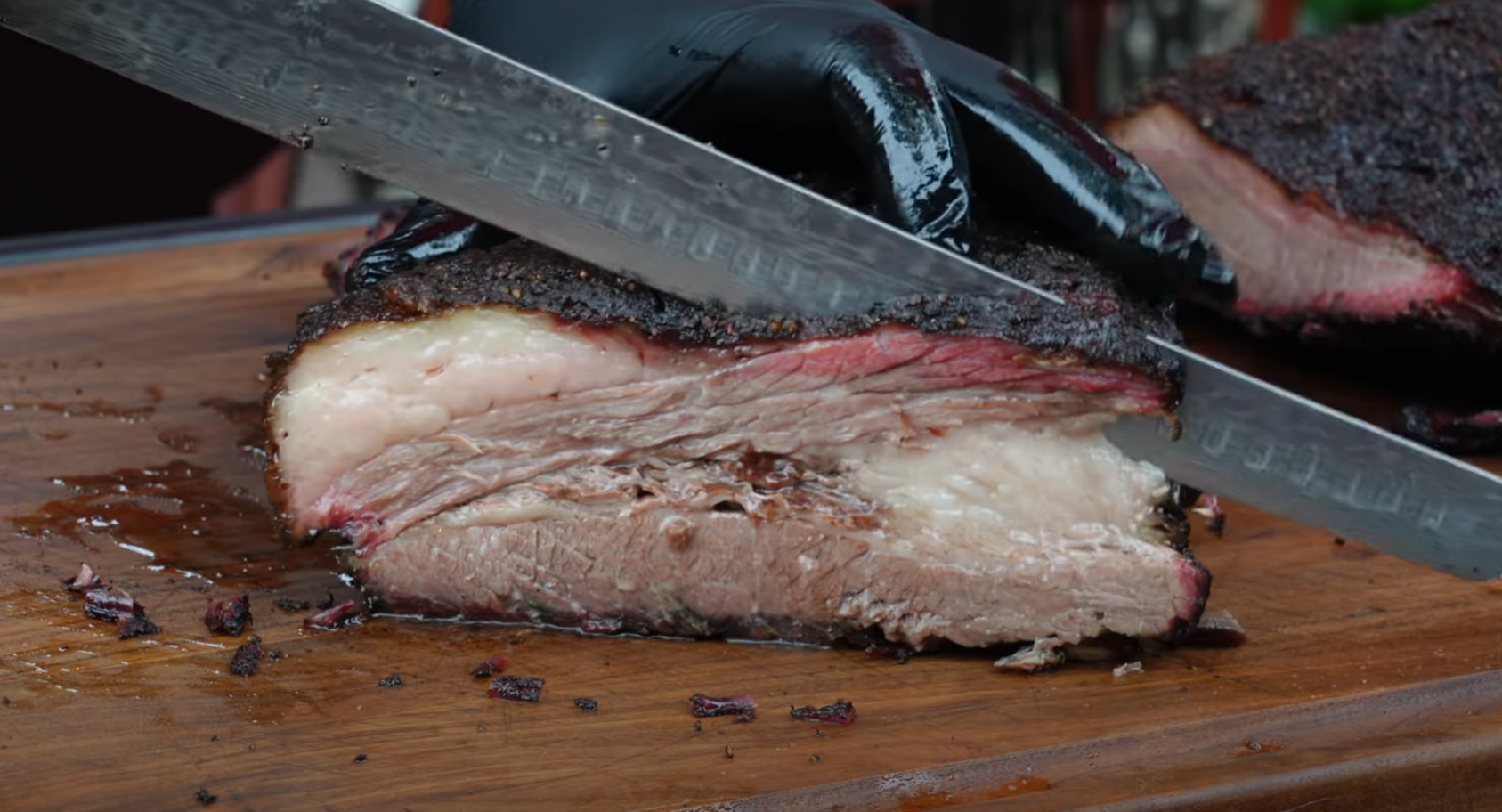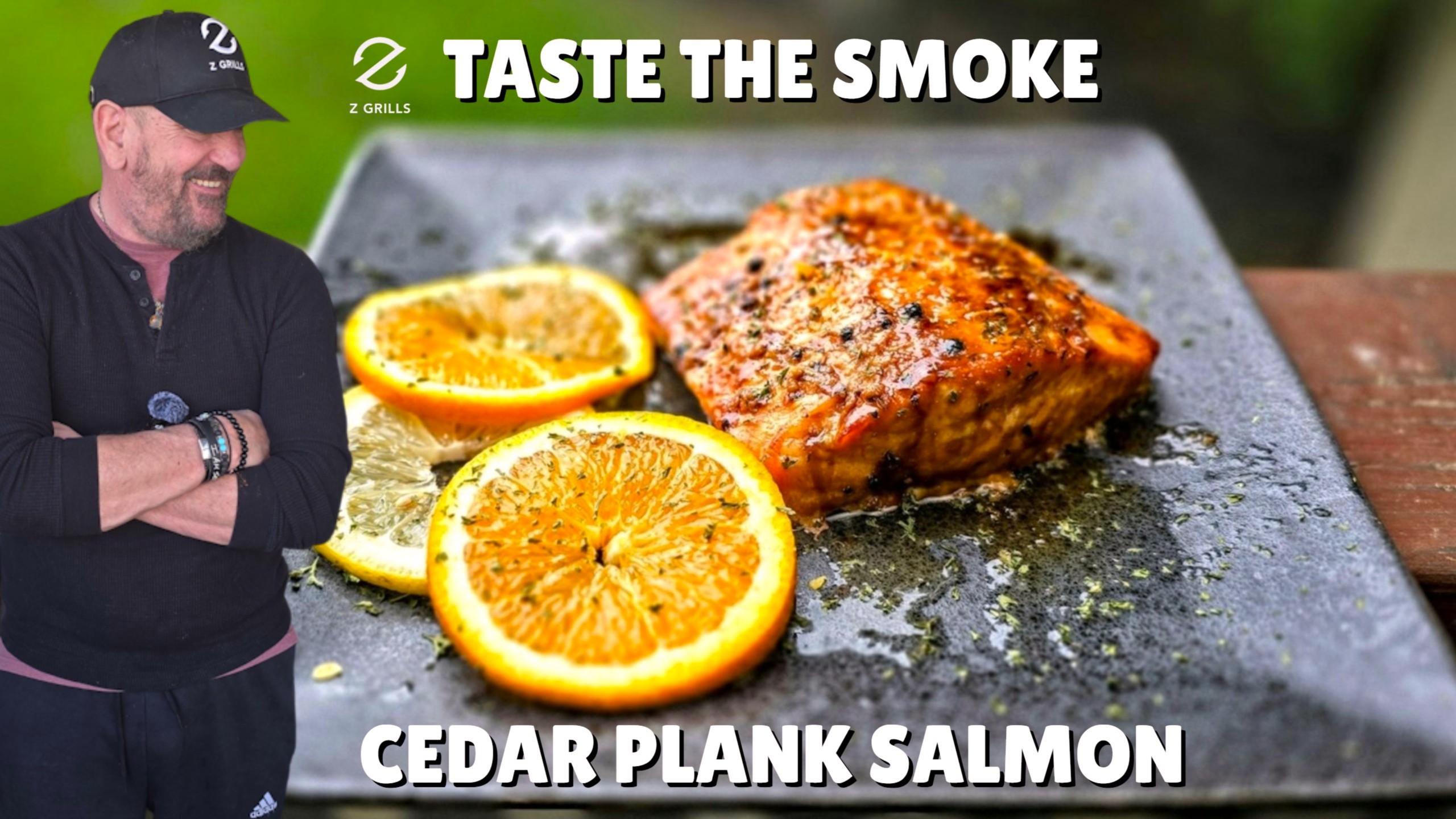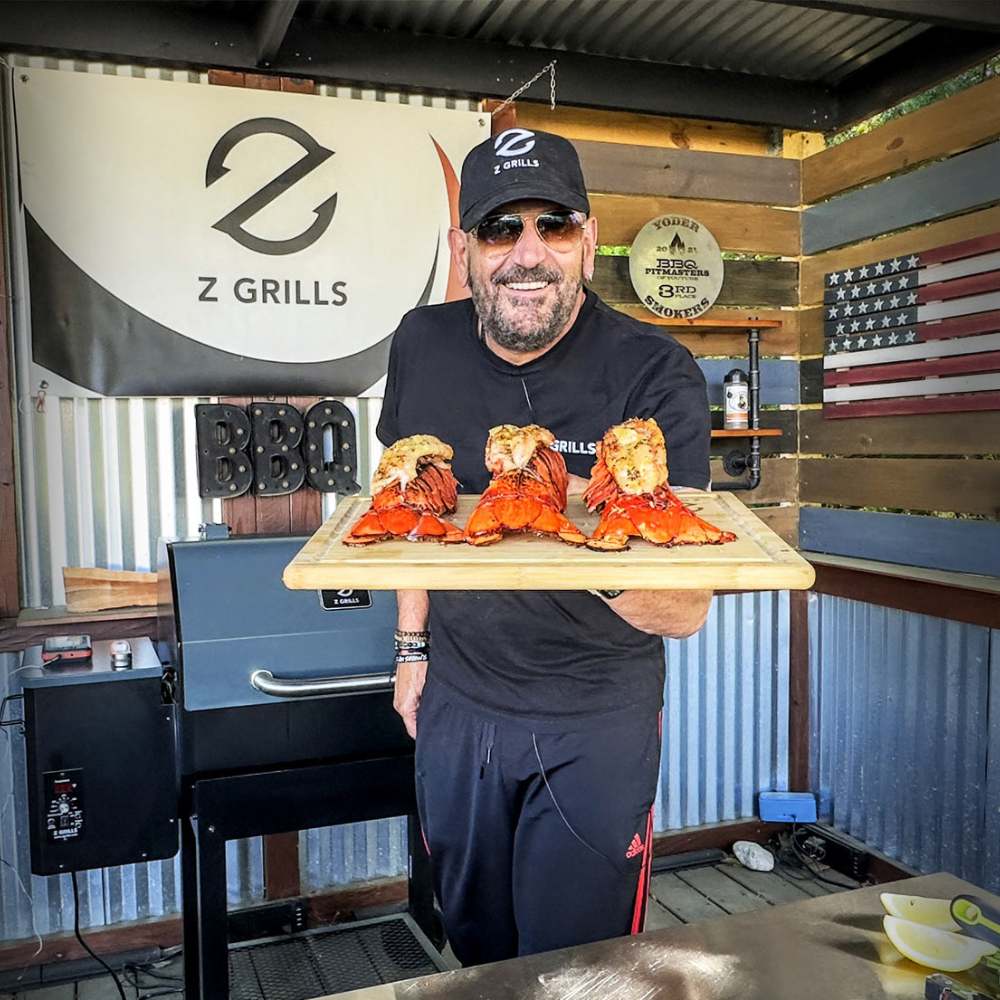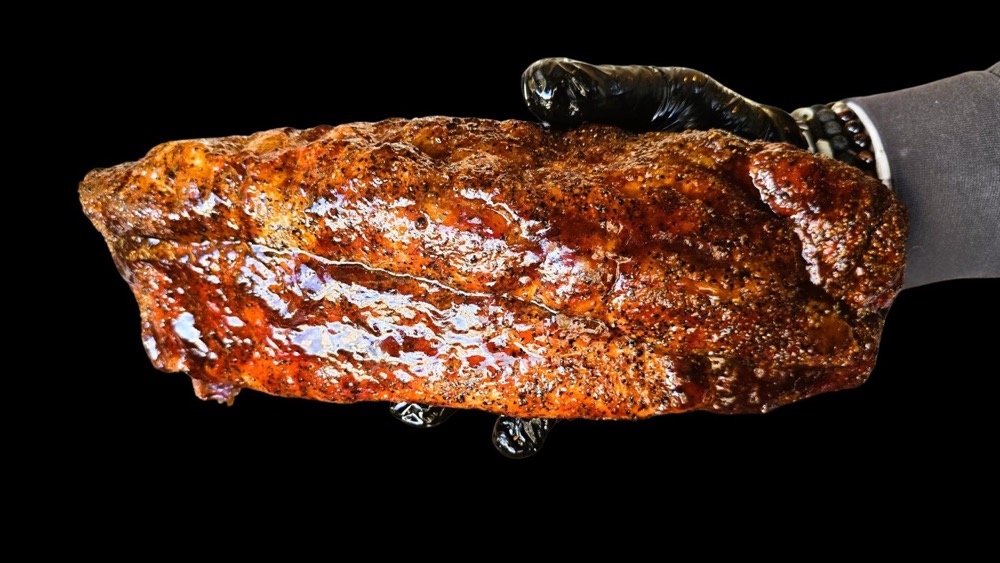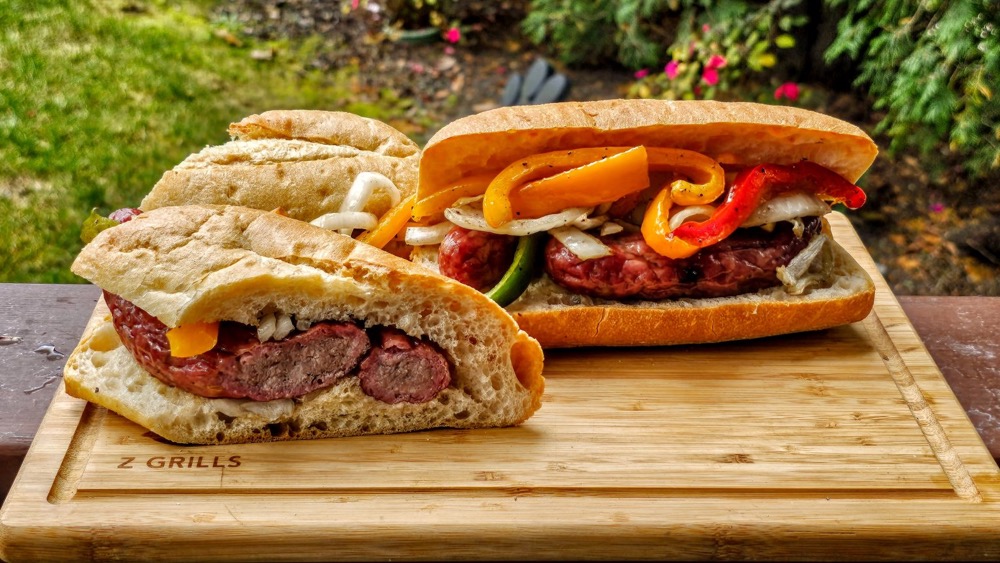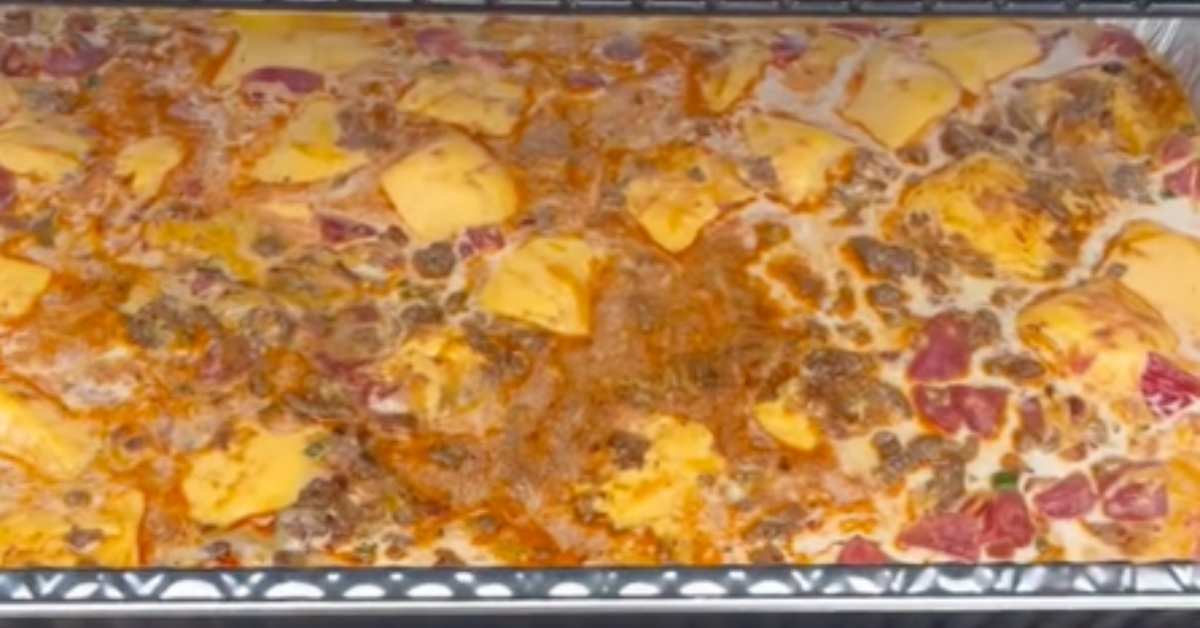Sometimes the best things in life take a little extra time. As the mantra goes:“all good things come to those who wait.” While we can’t be sure they were talking about cuts of juicy meat, we think it’s a good bet.
Nothing piques the senses quite like velvet-soft meat that’s bursting with juices. This silky, smooth, flavor-infused texture can only be achieved by one foolproof cooking strategy: low and slow.
Table of Contents
So, What is Low and Slow Smoking?
The premise of Low and Slow grilling is keeping heat low in order to ensure none of the ‘goodness’ of the meat is lost. Rather than blasting your meat with 450°F to 500°F heat for 2 to 3 minutes, you create a reasonably hot 95°C or 203°F atmosphere and play the long game. As the hours go by, the meat’s fat slowly melts and absorbs the surrounding smoky and meaty aromas trapped within the grill. However, the key event of the slow and low method occurs when the meat’s collagen breaks down, absorbing and locking in the moisture and flavor-filled fat.
The Benefits of the Low and Slow Method
The gentle heat works to coax the flavorsome undertones and overtones out of the meat for a delectable finish. Cuts of cheap and tough meat can be turned into tender, juicy, flavourful works of art given the proper time and technique.
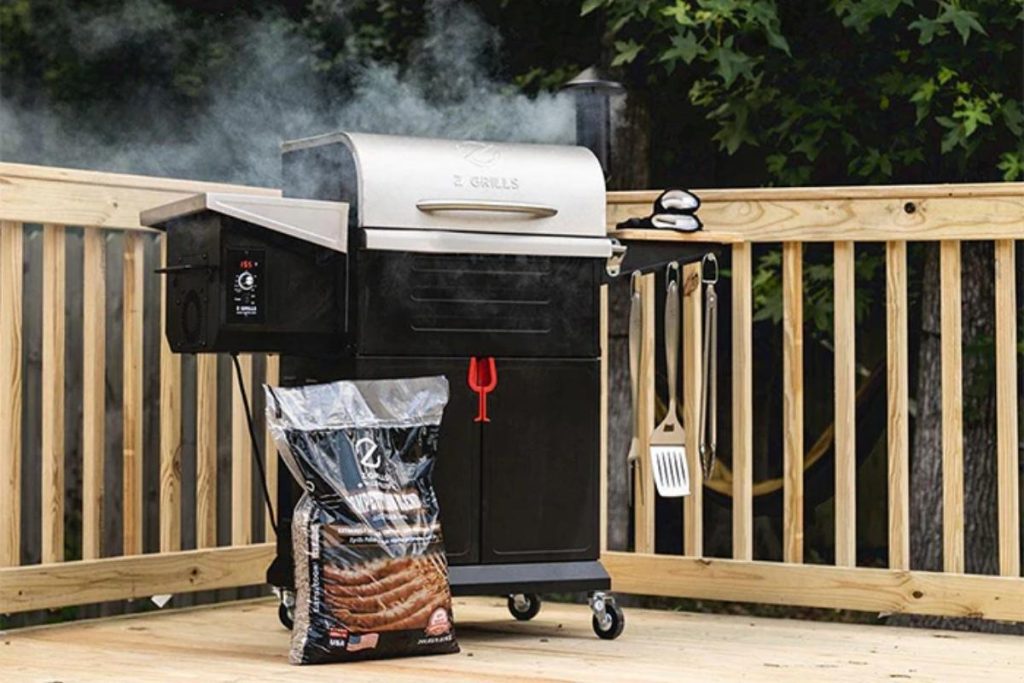
Your Quick Guide to Low and Slow Smoking
Check Your Pellets Beforehand
It happens. Our meat is gently cooking away and suddenly – there are no more pellets in the hopper. This happens more often in slow and low grilling than fast and high. Still, it’s nothing to worry about.
The first thing you’ll want to do is check your grill’s temperature. If the dial is showing that it’s still at the set temperature, all you have to do is refill the hopper. There’s the chance your grill may have already started to lose heat and even shut itself off. In that case, take your food out of the grill and place it in a warm environment such as an oven. Next, you should completely refill the auger with pellets and fire up the grill again.
Patience is Needed
Everyone’s preferred low and slow time is different. The timescale runs from 1 hour to 16 hours, with some true meat connoisseurs stretching to days. While it largely depends on preference, there are some recommended times based on meat type and cut. However, it’s often best to focus on size:
3lbs – 3 to 4 hours for beef or pork/8 hours for lamb. Add an hour for every extra pound. Turkey breast generally takes around 6-8 hours to cook through, while chicken can take anywhere from 4 to 8 hours, depending on the cut.
All in all, take it easy. There’s really no need to rush.
Preheat
In all cooking, preheating is essential. If you allow your meat to experience numerous temperatures before reaching your desired heat, it’ll lose some of its flavors. Switch your grill on and give it 10 – 12 minutes to reach your desired heat before even thinking about placing your meat on its bars.
Shut the Lid and Keep it Shut
Once your grill’s lid is shut, it’s best to keep it that way. As tempting as it may seem, opening the lid can change everything. The temperature will drop, resulting in a less even texture while carefully curated smoke and aromas will escape.
Consistency is key. So, be sure the lid is firmly shut, and gaps are sealed.
Note: You may want to consider warning anyone in the near vicinity to not lift the lid.
Additional Tips
Here’s a surprising titbit when it comes to low and slow BBQ: go cheap. That’s right. There’s no need to start with quality. Whether you’re cooking pork shoulder, brisket, or chicken thighs – they’ll have that high-end finish every time. However, be sure to choose the fattiest cuts and never overload the grill.
A Seared Finish
Getting the best of both worlds is possible when it comes to low and slow grilling. You can achieve a juicy interior alongside a charred exterior. This technique is known as the reverse sear method, and it’s surprisingly simple to execute. Whether you want to lightly char or intensely sear your meat, it’s as easy as turning up the heat for a short period towards the end of the cooking process.
Quality of Smoke Matters
The proof is in the smoke – literally. The perfect low and slow finish can only be achieved if a particular type of smoke can be procured and maintained throughout cooking.
Whenever you see blue smoke coming from your grill, that means that your meat is slow cooking perfectly. However, you will see a quick glimpse of white smoke when you first place your meat on the preheated grill. Beware if you see too much grey smoke – something’s not right. The most likely cause is that your grill has burned through its pellets or that you’ve set the heat too high. To quickly remedy this issue, you can either follow the pellet advice outlined above or allow more oxygen to reach your flame.
Bark or Burnt?
Once your set time has elapsed, there comes the moment when you hold your breath and take a peek at your masterpiece. Don’t panic if it looks burnt, charred, incinerated, or all of the above. Truth is, that’s likely the ‘bark.’ It’s the sweet, rich, crusty surface that sets taste buds on edge. It’s there due to smoke, fat, pellets, glaze, and much more fusing to form a chewy, umami delight.
“But how do I know it’s not really just burnt?” While many seasoned meat experts will claim they can spot burn by eye, in reality, there’s only one way to find out: Taste.
Get a knife, cut a sliver off the side, and give it a try. You’ll instantly know whether you have tasty bark or charred meat. If you’re not willing to carve into your meat before serving, the smell can also be a telling indicator.
Final Thoughts
Mastering the art of low and slow grilling takes many attempts, time, and hard work. Having a good grill and high-quality pellets can make the journey to being a low and slow grilling genius easy and fast. Z Grills pellet grills & smokers are the perfect low and slow companion. Z Grills pellet grills are built to make grilling feel natural. Their cutting-edge engineering and unrivaled build mean that you’ll get optimized results every time. In short, the right pellet grill can take your low and slow experience to the next level. Don’t make it hard on yourself, start off with the best equipment and put your best foot forward!


